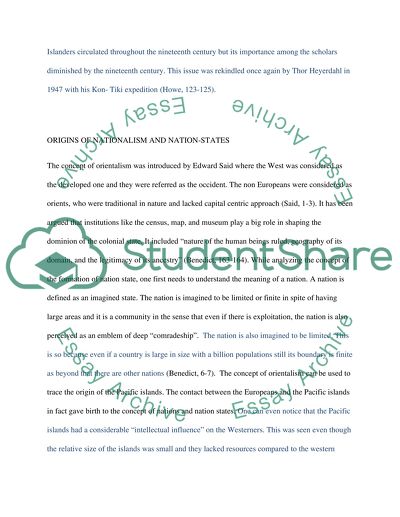Cite this document
(“Pacific Settlement Essay Example | Topics and Well Written Essays - 7500 words”, n.d.)
Retrieved de https://studentshare.org/history/1391664-politics-of-the-pacific
Retrieved de https://studentshare.org/history/1391664-politics-of-the-pacific
(Pacific Settlement Essay Example | Topics and Well Written Essays - 7500 Words)
https://studentshare.org/history/1391664-politics-of-the-pacific.
https://studentshare.org/history/1391664-politics-of-the-pacific.
“Pacific Settlement Essay Example | Topics and Well Written Essays - 7500 Words”, n.d. https://studentshare.org/history/1391664-politics-of-the-pacific.


